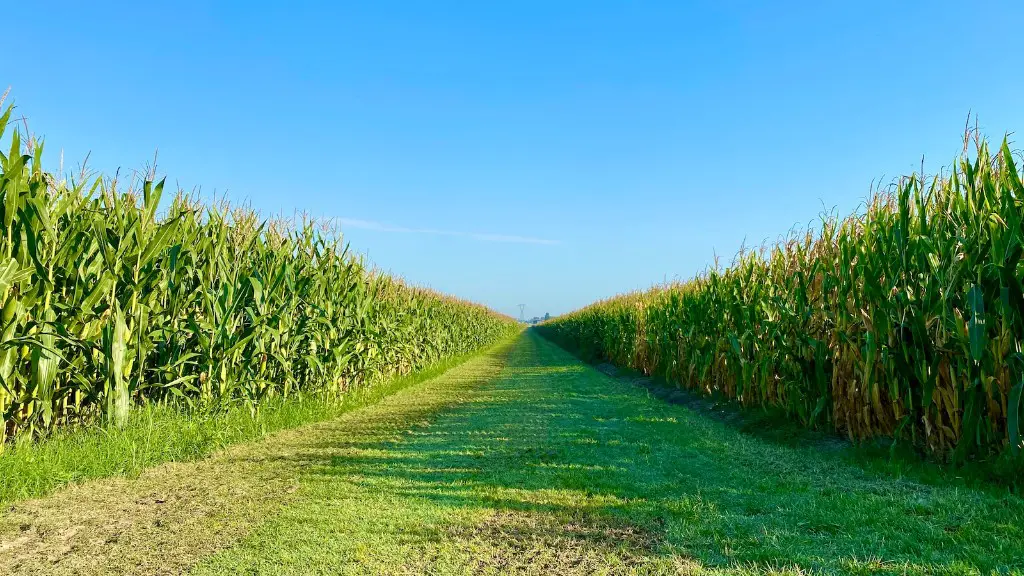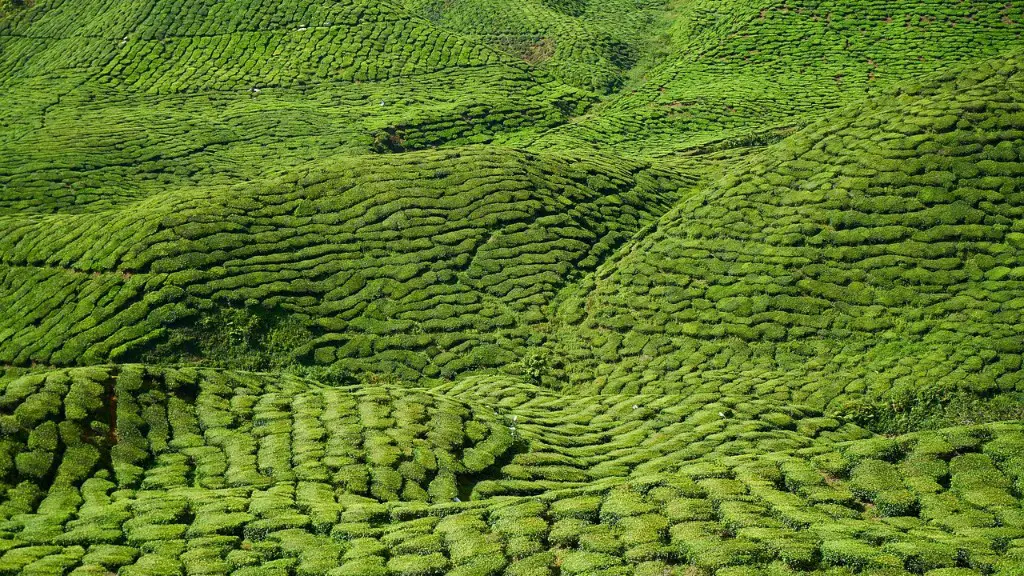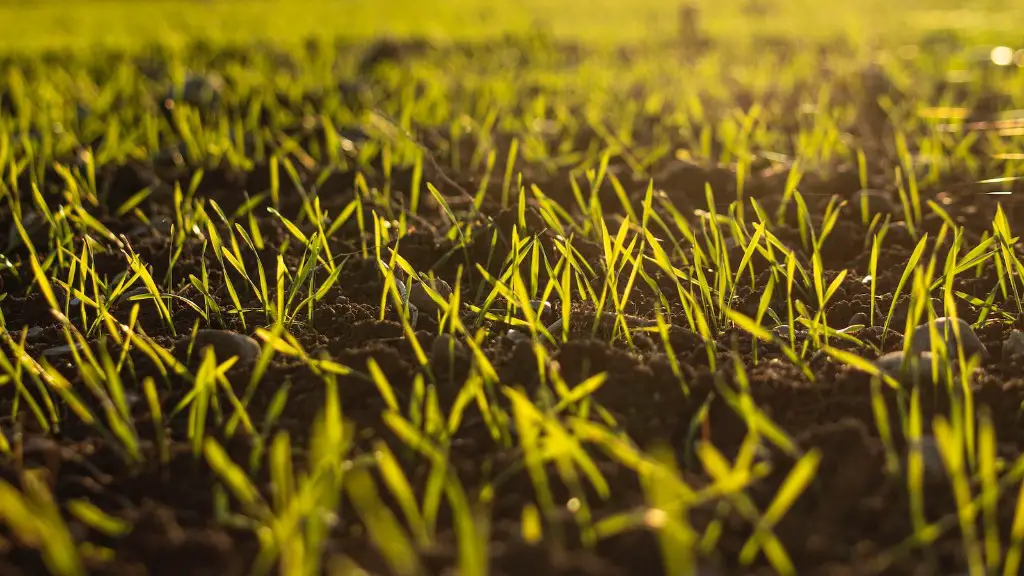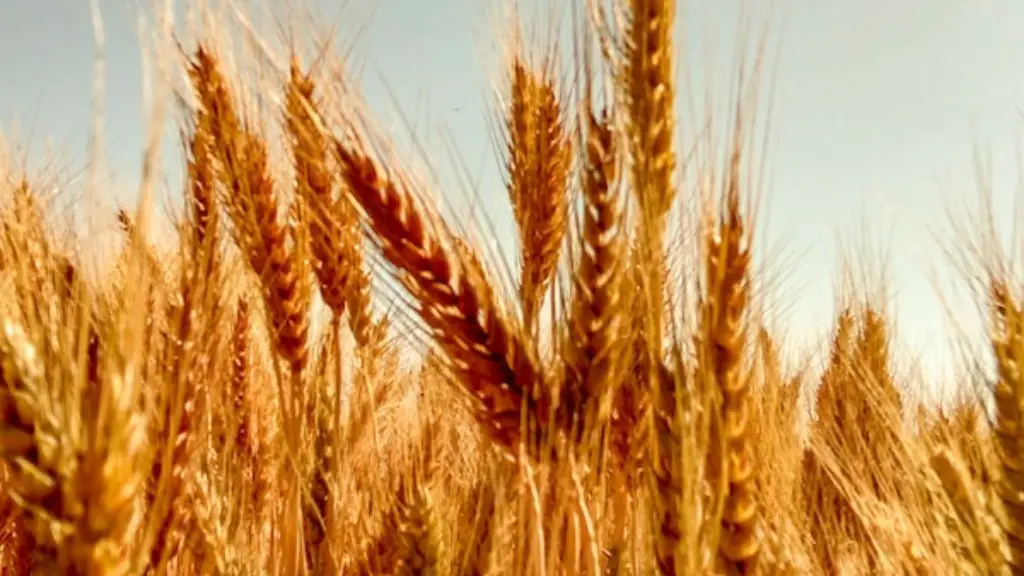Laterite soil is a type of tropical soil that is composed of a combination of iron and aluminum oxides that are formed when the underlying rocks break down due to chemical weathering. It is a highly weathered layer of soil that is found in the tropics and subtropics and is generally quite poor in plant nutrients. As a result, it is unsuitable for agriculture for a variety of reasons.
One reason why laterite soil is unsuitable for agriculture is that it is low in nutrients, so it does not provide enough nourishment for crops to grow. It is too acidic for most crop types and lacks the essential macro- and micro-nutrients needed for plant growth. This means that it cannot be used for intensive crop cultivation, as the crops would have no access to the necessary nutrients.
Another reason why laterite soil is unsuitable for agriculture is that it is highly porous. This means that it has a low water holding capacity, and thus any rainwater or irrigation that is used on the land is quickly lost. As water is such an essential component in crop growth, this lack of water holding capacity means that crops cannot survive in this kind of soil.
In addition, laterite soil is dense and compacted, making it difficult for roots to penetrate the soil. This restricts the root system of crops, resulting in poorer growth than if they were grown in looser soils. It also inhibits the habitat of beneficial microorganisms, which are essential for the optimal growth of crops.
Finally, laterite soil is high in iron, which can be toxic to some crops. This can result in iron poisoning, leading to stunted growth and other adverse effects on the crops. It can also encourage the growth of aluminum-tolerant plants, which are weeds that can outcompete crop plants, greatly reducing yields.
Threats posed to farmers and surrounding environment
The use of laterite soil for agricultural purposes poses serious threats to both farmers and the surrounding environment. Much of the land that is used for farming is already degraded due to over-use and other forms of pollution, and the use of laterite soils can further degrade the land. This can result in crop failure, forcing farmers to abandon their farms, leaving the land barren and useless for further farming.
Furthermore, due to the soil’s low fertility, farmers are often forced to use questionable farming practices in order to make their crops grow. This can include over-fertilization, which is a process wherein fertilizer is added to the soil in order to increase its fertility. This can have disastrous consequences for the environment, as the runoff from the fertilizer can pollute nearby water sources and harm nearby wildlife.
The use of laterite soil can also lead to soil erosion. The soil is particularly prone to wind and water erosion, due to its high porosity and lack of macro- and micro-nutrients. This can cause serious damage to the environment and lead to widespread erosion, resulting in soil degradation and desertification.
Finally, laterite soils tend to be alkaline in nature, meaning that they can cause soil acidification. This can lead to a decrease in soil fertility and can also cause a shift in the available nutrient pool, making it difficult for crops to survive. Acidified soils can also make it impossible for certain plant species to survive, further reducing crop yields.
Future remediation strategies
Due to the numerous challenges posed by laterite soil, it is essential that remediation strategies are implemented to improve the fertility of these soils. One such strategy is to add necessary macro- and micro-nutrients to the soils, such as nitrogen, phosphorus, potassium, and zinc. This can help to make the soil more fertile and improve its water storing capacity.
Another remediation strategy is to use organic manures and composts to improve the fertility of laterite soils. These organic materials provide necessary nutrients and can also help to increase the water holding capacity of the soil. In addition, they can also promote better microbial activity in the soil, which is essential for optimal crop growth.
Another important strategy is to use terracing to reduce soil erosion. Terracing can help to reduce soil loss due to wind and water, and can also help to improve the soil structure, allowing for better plant growth. In addition, terracing can also help to reduce runoff, which can help to conserve water and reduce pollution.
Finally, introducing crops that are tolerant to acidic soils can help to improve yields. These crops can be better suited to the acidic soils and can be more productive in these conditions. They can also reduce the need for fertilizers, as they can be grown without the addition of extra nutrients.
Advantages of using alternative soil types
An alternative to using laterite soils for agricultural purposes is to use other types of soil. These can include organic soils, which are composed of decomposed organic material and contain a high amount of nutrients. They are also more porous and can hold more water, making them ideal for crop production.
In addition, sandy soils are also good for farming. These soils are made up of sandy particles and are well-draining, making them ideal for rain-fed and irrigated crops. They also have a high water holding capacity and can be used to store and retain moisture in the soil.
Clay soils are also good for farming, as they have a higher nutrient content than laterite soils. They are also better able to retain moisture and can also resist erosion. Furthermore, they also contain essential macro- and micro-nutrients, making them suitable for growing crops.
Finally, loam soils are also suitable for crop growth. These are a mixture of clay, silt, and sand, and have a high nutrient content, as well as good water-holding capacity. They are also more resistant to erosion and can be used to grow a wide variety of crops.
Alternative land use practices
In addition to using alternative soil types for agriculture, farmers can also use other land use practices to make better use of the land. These can include crop rotation and intercropping, which can help to improve the fertility of the soil and reduce erosion. It can also help to reduce the amount of fertilizers used, as the soil does not need to be completely rehabilitated between crops.
Soil conservation practices can also be used to reduce soil loss due to wind and water erosion. These can include contour farming, mulching, and terracing, which can help to reduce soil loss and also improve the soil structure. They can also help to reduce runoff and conserve water.
Crop diversification is another land use practice that can be used to make better use of the land. This involves growing crops that are appropriate for the soil type and climate. This can help to increase crop yields and reduce the need for fertilizers, as the crops are better suited to the soil.
Finally, farmers can also use water conservation techniques to minimize the need for irrigation. This can include mulching and watering techniques, as well as using efficient irrigation systems. This can help to reduce water wastage and help farmers to make better use of their water resources.





